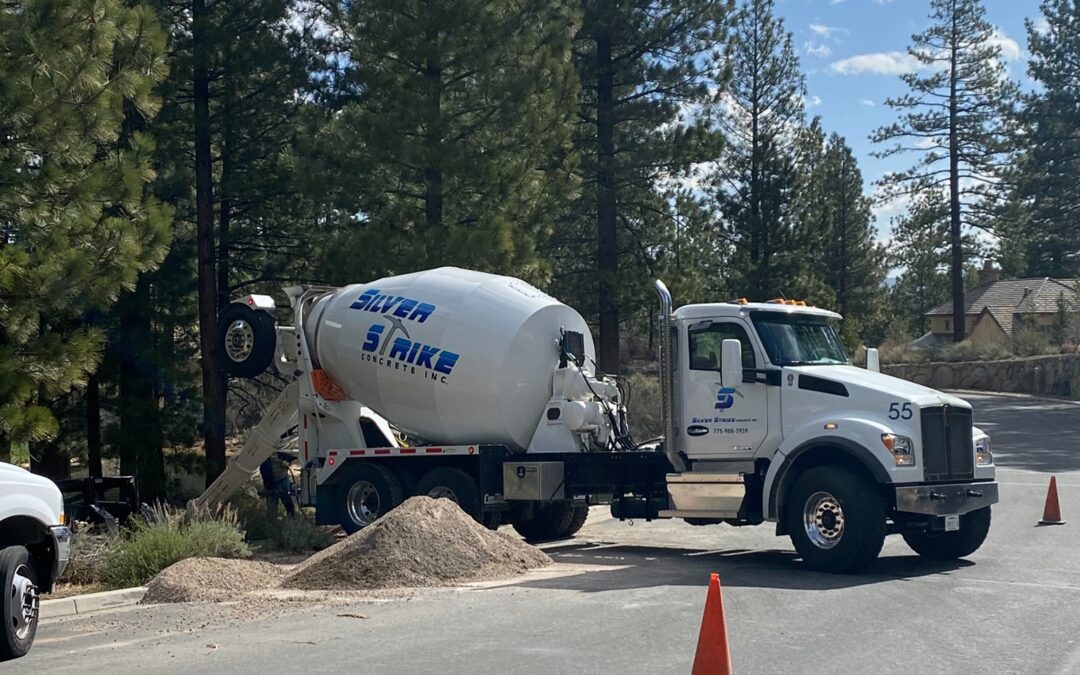During the hot summer months, it’s especially important to know how to correctly place concrete. Concrete in hot weather is subject to high loss of moisture by evaporation and rapid hardening, which can affect the placement operations and the cracking potential. The heat produced by concrete during concrete curing is called heat of hydration. This is a reaction that occurs when water and cement react. The success of many hot-weather concreting operations depends on the steps taken to slow the cement hydration reaction within the concrete. An important way to accomplish this during hot weather is to control the concrete temperature by utilizing chilled mixing water or replacing mixing water with ice.
Why monitor the temperature of the concrete and try to slow the cement hydration reaction? It is a quality control component. It is about working to ensure that the concrete does not reach temperatures that are too high, in hot weather, to allow proper strength development and durability of the concrete. By using chilled mixing water, or replacing mixing water with ice, we can slow the hydration process down so that it can successfully cure.
Chilled Water
The temperature of freshly mixed concrete depends upon the temperature of each ingredient. Concrete can be cooled to a moderate extent by using chilled mixing water. The quantity of chilled water cannot exceed the mixing water requirement. The maximum reduction in concrete temperature that can be obtained is approximately 10°F.
Rule of Thumb: For every 1°F drop in concrete temperature desired, the mix water temperature must be reduced by 3.6°F.
On a weight basis, the mix water has the greatest effect on the final concrete temperature. This stems from its higher specific heat, which is about five (5) times as high as for the other concrete making materials.
Ice
If a water chiller is not available, or the desired reductions in mix temperature involve chilling the water beyond the limitations of available chiller, ice is the obvious answer. The amount of cooling is limited by the amount of mixing water available for ice substitution. For most concrete, the maximum temperature reduction is approximately 20°F. For correct proportioning, the ice must be weighed. Ice has a two-way cooling effect. First it draws heat from the concrete for melting of ice, then the resulting water at 32°F provides continued cooling capacity.
Using these techniques can make all the difference in the success or your project. Special measures have to be taken during hot weather. Consider this, if the temperature of the concrete during hydration is too high, it will cause lower durability. The concrete will have high early strength, but will gain less strength in the later stage. High temperatures can also cause cracking and thermal cracking in large pours.
Proper curing is essential to ensuring that the concrete has enough moisture to hydrate properly. Choose a ready-mix concrete supplier with the experience and ability to test concrete temperatures regularly to avoid extremes and to have a plan in place in case temperatures waiver outside of the recommended limits. Silver Strike Concrete can help with all QA and technical issues on your project from start to finish; contact us today to get started! (775) 900-2939


Recent Comments